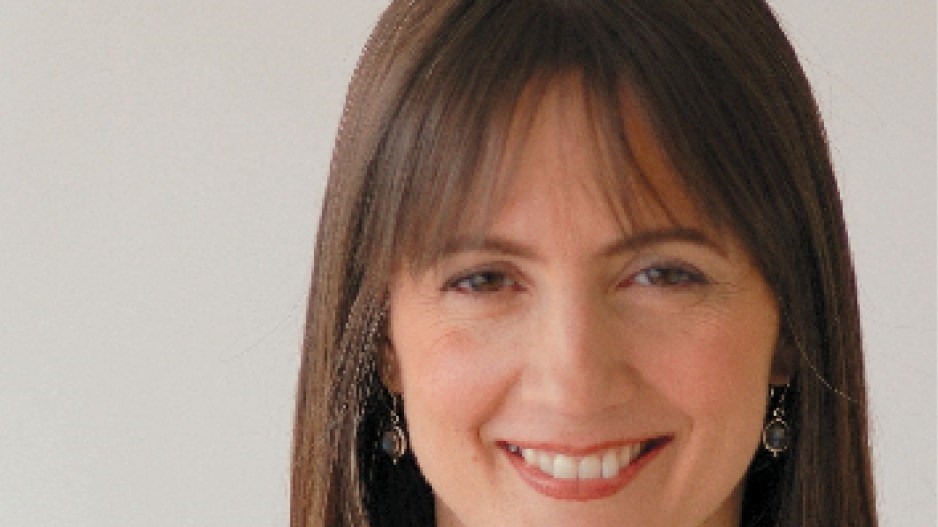Most of the time, small businesses need financing to fund growth. But in the case of Carter Hales Design Lab, the need was driven not by a desire to expand but by client payments – or rather, the lack thereof.
"It's very common in our business that the invoice is due on receipt," explained Ross Hales, principal.
"So people would typically pay within 15 days and that would be fine. Well, that eventually became 30. But increasingly we see people take 60 days and being very unapologetic about it."
Needless to say, such tardiness played havoc with the studio's cash flow. And that had important implications for the studio's five full-time staff members.
"We need to have access to funds to cover payroll. It's just not negotiable," Hales said.
After considering their options, Hales and his partner approached their lending institution for a line of credit (LOC). Although the LOC isn't large ($25,000), it has made a significant difference to the business – and to the two owners' peace of mind.
"Having the line of credit allows us to pay our staff and our bills in a timely fashion," Hales said.
"In the unlikely event that we went an entire month without billing a single dollar – there are much bigger problems if that happens – the reality is that we would be able to cover things off."
The episode taught Hales a valuable lesson. "As the business evolves, our financial requirements evolve," Hales said. "We didn't need a line of credit when we began; now we do. We weren't as worried about cash flow at the start; now it's a daily focus."
Stricter lending approach
It's a lesson Robert Dean knows first-hand. Before joining Coast Capital Savings as vice-president of business banking, Dean ran his own manufacturing business for more than a decade.
"I've [been] on the other side of the desk," he acknowledged. "So I get it. I've got an [idea] of what it's like, the pressures of meeting a payroll and all sorts of things."
Whereas Hales was able to secure financing relatively quickly, Dean acknowledged it doesn't always work that way.
"The environment in terms of attracting financing has changed," he said, explaining that part of the problem is what he calls "automated decision-making": instead of evaluating a business loan application within the context of the local business climate (which may be quite different from the national snapshot), many lenders now use a strictly mathematical approach.
Such an approach may protect the lender from downside risk, but it ignores the potential for the owner to drive further business to the lender.
"Call it that old-fashioned relationship banking," Dean said. "If you're doing more for that individual and their family and their employees, it's a full and therefore profitable relationship for both sides. Everybody wins through that."
Cast a wide net
Julia Vidakovic, principal of Brightspark Consulting, believes today's small-business owners need to be smarter when seeking financing.
"The advice I always give is to work collaboratively with the banks or the credit unions that you have chosen to work with," Vidakovic said.
Instead of simply asking the bank for money, Vidakovic suggests using the loan officer as a sounding board.
"What you would do is say, 'I don't want you to submit this – I want you to give me the wisdom of your experience,'" Vidakovic said. "'Looking at it, what do you think the chances are? Where do you think my application needs to be tightened up?'"
If that doesn't work, Vidakovic advises a multi-pronged approach.
"Get creative," she said. "You get some money from Mom and Dad. You get some money from friends as investment. You get some from professional investors who know you and are really committed to your project. You get some from the bank. You get some from crowdfunding. It may not be one source."
Another solution: scale back your business plan. It may be counterintuitive to many entrepreneurs, but it may make it easier to find financing, she said.
"Let's say you're asking for $100,000," Vidakovic said. "If you scale the business back and you go at a slower rate of growth, you only need $10,000."




